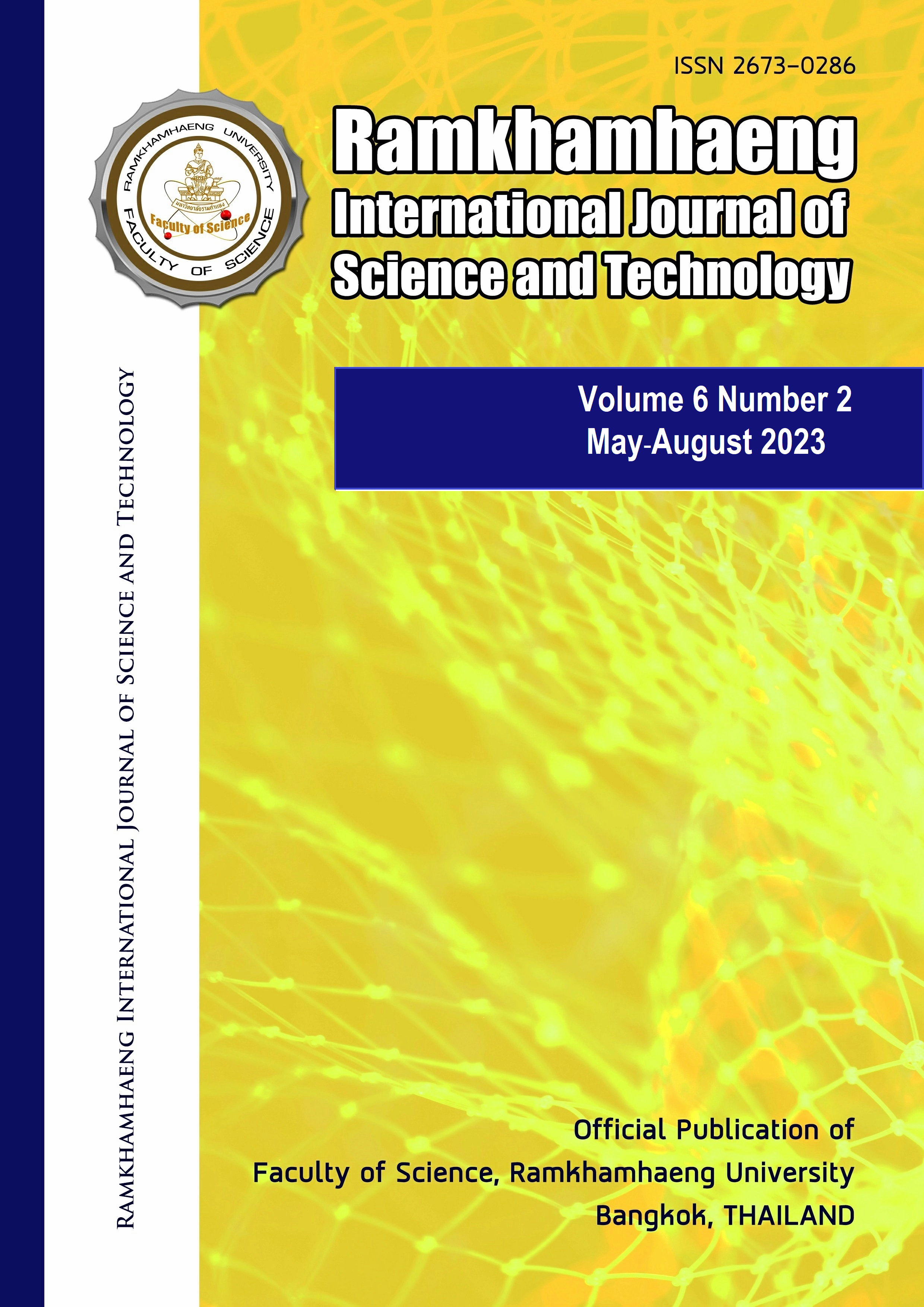Green synthesis of gold nanoparticles using Chrysophyllum cainito (Star apple) leaf extract: An effective homogeneous catalyst for reduction reaction
Keywords:
metal nanoparticles, green synthesis, Leaf extract of Chrysophyllum cainito, polyphenols, catalysisAbstract
The leaf extract of Chrysophyllum cainito has been exploited to synthesize stabilized colloidal gold nanoparticles (AuNPs) via an ecofriendly method. On addition of Au (III) salt to the aqueous leaf extract of Chrysophyllum cainito, the colorless solution turned reddish almost instantly which indicated the excellent efficacy of the leaf extract as reducing agent to reduce Au (III) to Au (0). The intensity of the red color was enhanced with time and this red color colloidal solution of AuNPs was stable for several months which confirmed the excellent efficacy of the leaf extract of Chrysophyllum caimito as stabilizing agent. The formation of stabilized AuNPs have been confirmed by UV-visible spectroscopy, high resolution transmission electron microscopy (HRTEM), dynamic light scattering (DLS) studies, and X-ray diffraction studies. The synthesized AuNPs have been utilized as efficient catalyst for reduction reaction of 3-nitrophenol and 4-nitrophenol with sodium borohydride.
References
Alkilany AM, Lohse SE, Murphy CJ (2013), Acc. Chem. Res. 46: 650-661.
Anastas PT, Kirchhoff MM (2002), Origins, current status, and future challenges of green chemistry. Acc Chem Res. 35: 686-694.
Bresee J, Bond CM, Worthington RJ, Smith CA, Gifford JC, Simpson CA, C. J. Carter, G. Wang, J. Hartman, N. A. Osbaugh, R. K. Shoemaker, C. Melander, D. L. Feldheim (2014), J. Am. Chem. Soc.136: 5295−5300
Das A, Bin Nordin DB, Bhaumik A (2010), IJPI’s Journal of Pharmacognosy and Herbal Formulations 1:1.
Fazal S, Jayasree A, Sasidharan S, Koyakutty M, Nair SV Menon D (2014), ACS Appl. Mater. Interfaces 6: 8080−8089.
Ferrer M, Reina R, Rossell O, Seco M (1999), Coordin. Chem. Rev. 193: 619–642.
Gour A, Jain NK (2019) Artificial Cells, Nanomedicine, and Biotechnology,47:844-851.
Huang X, Wu H, Liao X, Shia B (2010), Green Chemistry, 12: 395–399.
Iravani S (2011), Green Chem. 13: 2638-2650.
Jadoun S, Arif R, Jangid NK et al,(2021) Environ Chem Lett 19: 355-374
KN Thakkar KN, Mhatre SS, Parikh RY (2010), Nanomedicine, 6: 257-262.
Koffi N, Ernest AK, Marie-Solange T, Beugre K, Noel ZG, (2009) African Journal of Pharmacy and Pharmacology 3:501-506.
Li X, Robinson SM, Gupta A, Saha K, Jiang Z, Moyano DF, Sahar A, Riley MA, Rotello VM (2014), ACS Nano 8: 10682–10686.
Murphy CJ, Gole AM, Stone JW, Sisco PN, Alkilany AM, Goldsmith EC, Baxter SC (2008), Acc. Chem. Res. 41:1721-1730.
Meira NA, Jr. L.C. Klein, Rocha LW, Quintal ZM, Monache FD, Filho VC, Quintão NLM (2014), Journal of Ethnopharmacology 151: 975.
Nadagouda MN, Varma RS (2008), Green Chemistry,10: 859-862.
Prati L, Villa A (2014), Acc. Chem. Res. 47: 855-863.
Reddy J, Mata R, Bhagat E, Sadras SR (2015), Journal of Nanoparticle Research, 17: 151.
Sultana R, Rai D, Vasanth S, Ahmed MG (2021), Acta Scientific Pharmaceutical Sciences 5: 39-43.
Shailajan S, Gurjar D (2014), Int J Pharm Sci Rev Res. 26(1): 106-111.
Thomas KG, Kamat PV (2003), Acc. Chem. Res.36: 888-898.
Verma RS (2014) Green Chemistry,16: 2017.
Wu H, Huang X, Gao M, Liao X, Shi B (2011), Green Chemistry 13: 651.
Wunder S, Lu Y, Albrecht M, Ballauff M (2011), ACS Catalysis 1: 908-916.
Ying S, Guan Z, Ofoegbu PC, Clubb P, Rico C, He F, Hong J (2022), Environmental Technology & Innovation 26:102336
Zhang Y, Cui X, Shi F, Deng Y (2012), Chem. Rev.112: 2467-2505.
Downloads
Published
Issue
Section
License
Copyright (c) 2023 Ramkhamhaeng International Journal of Science and Technology

This work is licensed under a Creative Commons Attribution-NonCommercial-NoDerivatives 4.0 International License.
Copyright Notice: a copyright on any article in the published journal is retained by the Ramkhamhaeng International Journal of Science and Technology. Readers or Users grant the right to use of the Article contained in the Content in accordance with the Creative Commons CC BY-NC-ND license and the Data contained in the Content in accordance with the Creative Commons CC BY-NC-ND.


